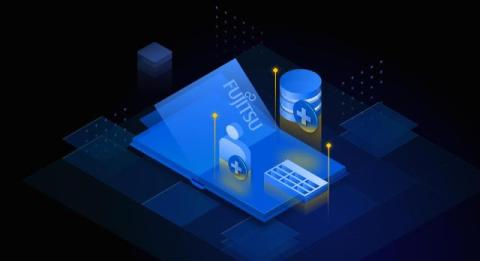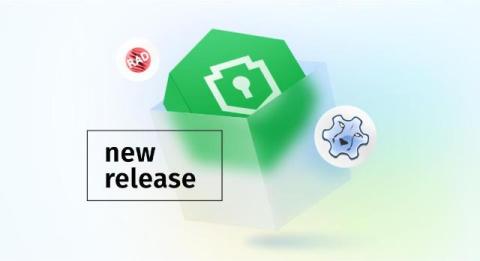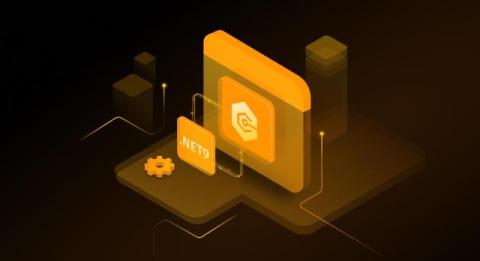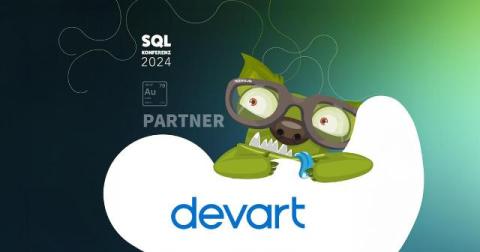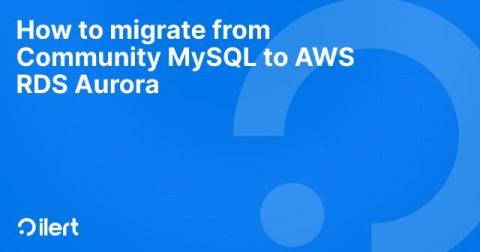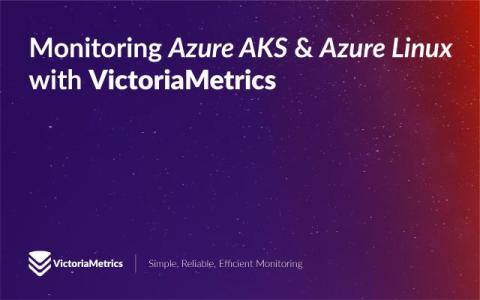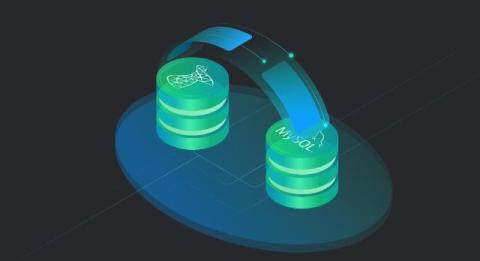How the dbForge SQL Tools Accelerated Creating Complex Queries and Boosted Financial Data Management at TC Transcontinental
An ability to work with databases with increased efficiency and speed can essentially contribute to a company’s success, assisting with the optimization of the overall workflow and the reduction of operational costs as there is less time one needs to spend on SQL coding, refactoring, and code optimization. However, it takes effort to find a product that would help with these goals while being reliable and stable and providing fast results without requiring any complex onboarding.



